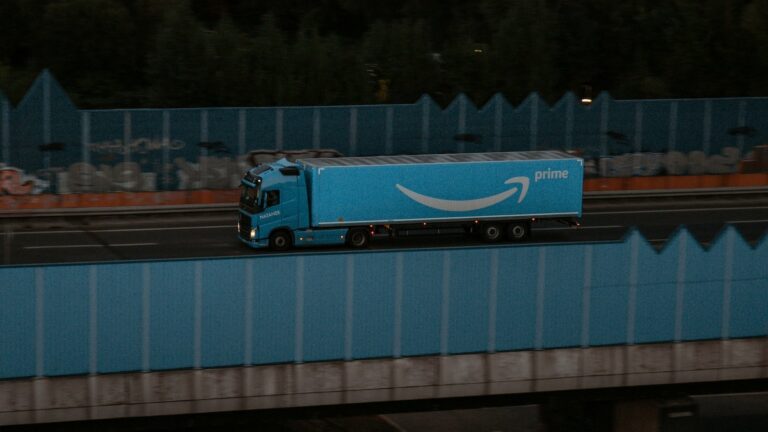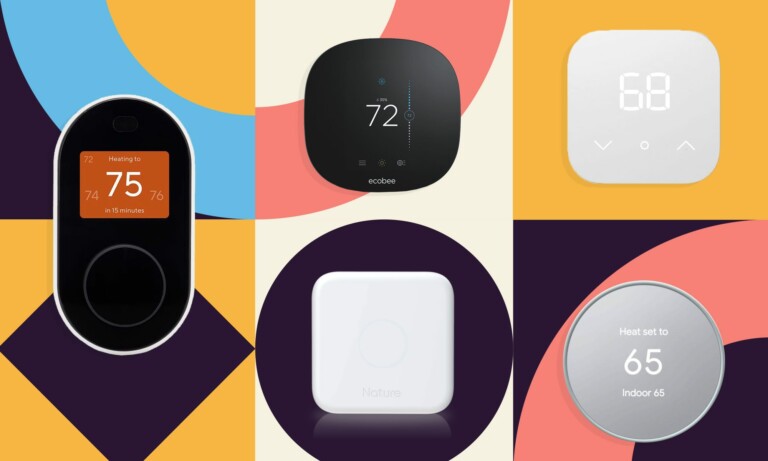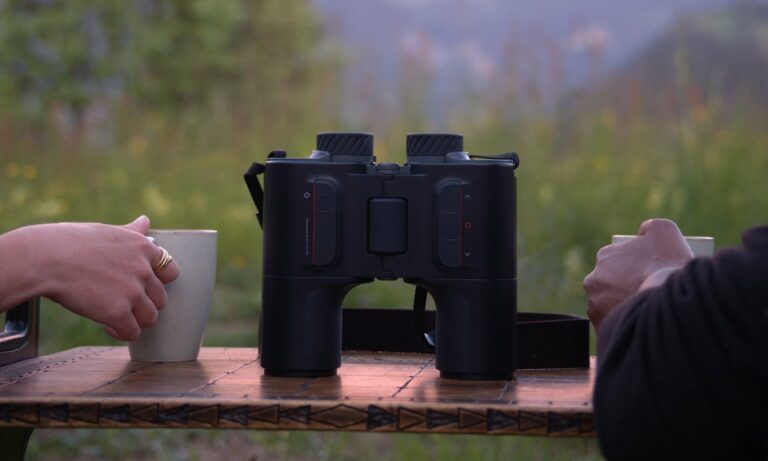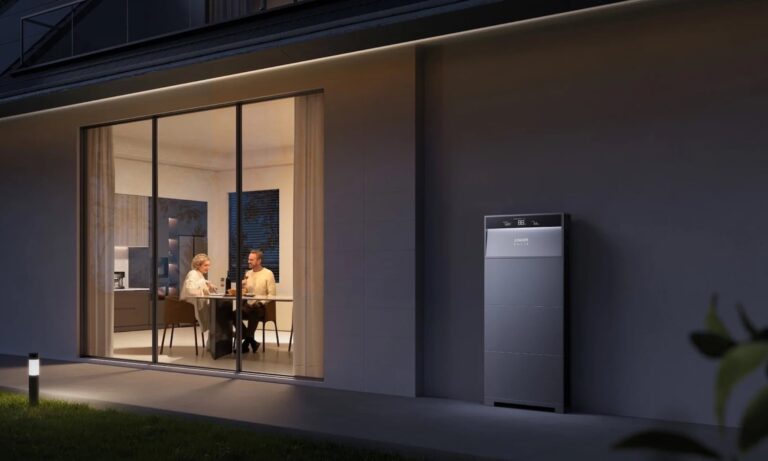Tesla Powerwall 3 review: everything you need to know
Are you considering the Tesla Powerwall 3? Our in-depth blog covers everything you want to consider before you make your purchase.

Do you want backup power and energy independence features that don’t the bank? Add integration with solar panels, and you’re poised to meet your home’s needs with Tesla’s latest Powerwall. Want to learn more about it before taking the plunge? Then see our in-depth Tesla Powerwall 3 review below!
Choosing the right solar battery
Shopping for a solar battery can be frustrating. Let’s delve into the features you should consider before you buy one.
Types of solar batteries
There are 5 main types of solar batteries. Choose the battery that fits your budget and meets your specific needs.
- Lead-Acid: Lead-acid batteries have been used for the longest time and are cost-effective. However, they’re less efficient and durable than newer options. They’re commonly used in off-grid setups.
- Lithium-ion: These batteries are quickly becoming popular for home solar systems thanks to their high efficiency, long lifespan, and low maintenance.
- Lithium Iron Phosphate (LFP): Because of their chemistry, LFPs are safe and stable, with fewer safety concerns like thermal runaway. This makes them a top choice for residential and commercial energy storage, where safety matters most. Tesla has recently confirmed that Powerwall 3 uses LFP battery cells.
- Nickel: Nickel batteries provide high energy density and storage capacity at a low cost.
- Flow: Flow batteries are a new and scalable technology with a long lifespan, making them suitable for large solar setups. They’re not as common in homes but are worth considering for certain energy needs.
Peak power output
Peak power output is the maximum power a battery can provide quickly. Consider your needs, like running energy-hungry appliances or use during outages. Discuss with your retailer to find the best fit.
Choosing the right battery size
Here are some factors to consider:
- Your solar PV system size
- Average daily electricity use
- Usage patterns
- Need for backup during outages
- Budget and financial factors
- Future energy system changes
Consider consulting an accredited solar retailer to find the right size solar PV system for your needs.
Solar battery lifespan
Solar battery life is how long a battery lasts based on its charging cycles. Each cycle includes charging, use, and recharging. More cycles mean a longer lifespan. But solar battery lifespan also depends on other factors, such as the battery type, frequency of use, and storage location.

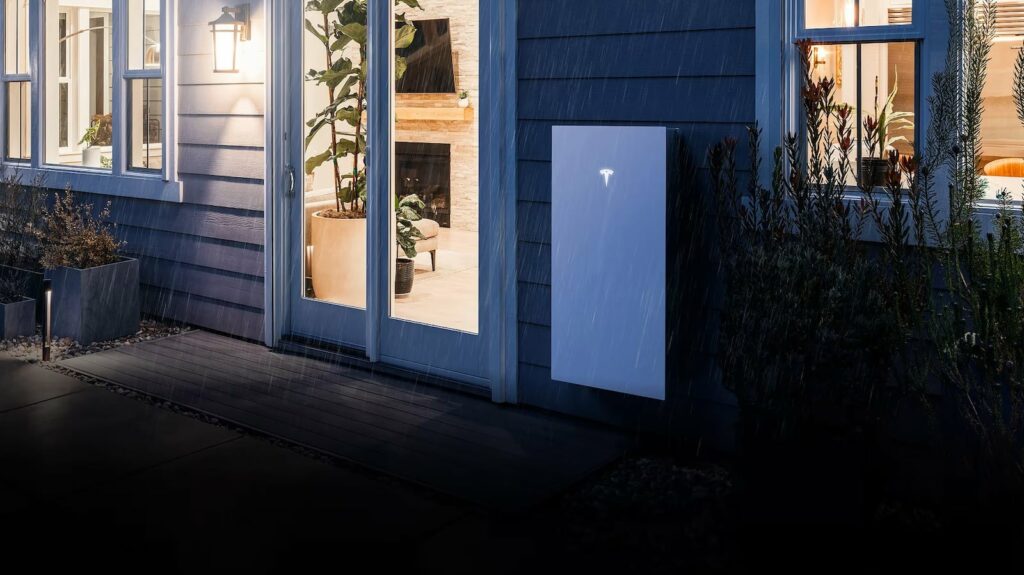
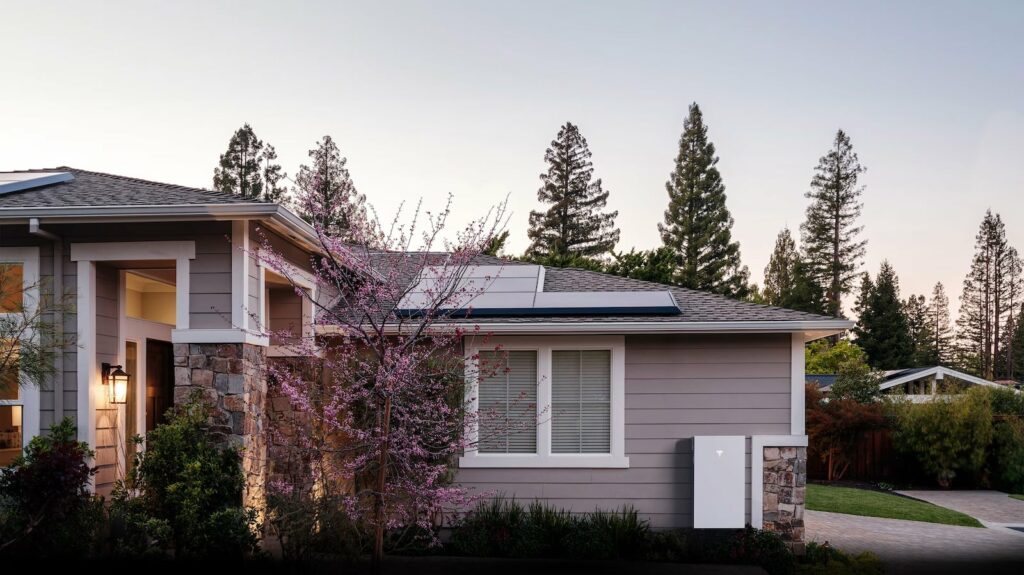
Solar battery performance and efficiency
It’s crucial to ensure that your device’s continuous discharge current rating matches its intended use. If the current draw is too high, the device could fail, get damaged, or even be unsafe.
Here’s the good news: Powerwall 3 features a major upgrade from previous versions, allowing it to provide 11.5kW of power when connected to the grid continuously. Modern, all-electric homes with solar EV charging need high-power systems, making Powerwall 3 ideal. Note that an EV charger alone can draw from 7kW to 9kW.
Additionally, the backup power rating (11.5kW) is ample for most homes during blackouts. However, one key consideration is that the battery charge power is at 5kW (AC), taking under 2.5 hours to charge a flat battery. Despite a solar maximum of 20kW, excess energy may be exported or ‘clipped’ during sunny weather with low loads.
On the flip side, slower charging speeds of lithium batteries can positively impact battery lifespan. Slow charging usually makes the battery last over 3,000 cycles. But if it’s always fast charging, the lifespan drops to about 1,000 cycles or less. So, how fast you charge affects how long the battery lasts.
It’s also good to consider the primary reason for your grid outages. Severe weather causes most of them. The Storm Watch creature in Powerwall 3 ensures you have sufficient stored energy during outages.
Keep entire houses running smoothly during blackouts with Storm Watch.
Maximize savings with a low backup reserve in Self-Powered or Time-Based Control mode while Powerwall reacts automatically during severe weather. As of now, Storm Watch is available in the US, UK, Thailand, Japan, Taiwan, Australia, and New Zealand. Additionally, the Powerwall 3 has a durable exterior and a Heat Mode. It allows reliable operation even in extreme weather conditions.
The new Powerwall uses a simple cooling system compared to the previous version. Instead of a complex liquid thermal management system, it has an active cooling system with fans. By taking advantage of natural airflow, this system cools the inverter. So, as the housing warms up, hot air rises and the built-in fan increases airflow based on temperature. Tesla goes further by integrating dual fans and an air duct system to draw air along the front and rear of the battery unit.
Tesla re-engineered the cooling system for the new LFP cells in Powerwall 3. Unlike the old NMC cells, LFP cells are safer, longer-lasting, and more thermally stable. They also don’t contain cobalt, addressing concerns about cobalt mining. This design enables a simpler and less expensive cooling system without compromising performance.
The Powerwall 3 has an impressive LRA (locked rotor amps) rating of 185A. So you can expect efficient and reliable operation, even when powering high-demand equipment.
Futuristic yet practical design
Tesla is known for its elegant, futuristic designs, and the Powerwall 3 is no exception. Compact and sleek, it has clean and contemporary lines.
While some might find the revealed cast aluminum housing less visually pleasing than that of the Powerwall 2, its functions compensate for looks. It acts as a large heat sink to maintain internal cooling. Despite weighing approximately 15kg more than the Powerwall 2, this added weight is justified as a typical 10kW solar inverter weighs a similar amount.
But what really makes it special is what’s inside. Tesla keeps improving its Powerwalls by finetuning how the cells work, how efficient they are, and how well they perform.
Measuring 43.25 inches long, 24 inches wide, and 7.6 inches thick, and weighing 287 pounds, Powerwall 3 blends power with looks.
In addition, the integrated solar inverter and system controller are among its standout features, providing an efficient and versatile home energy solution.
The Powerwall can take in up to 20kW of energy. Any extra energy produced but not used right away will be stored for later. If you need more backup power, you can add up to four Powerwall 3 units. However, , 2 units are usually enough for large homes.
A 10-year warranty and comprehensive support
Solar batteries degrade over time, similar to laptop or cell phone batteries. Manufacturers offer warranties, ensuring a certain level of performance over time.
Like Powerwall 2 and Powerwall+, Powerwall 3 has a respectable 10-year warranty.
To qualify for the full 10-year warranty for Powerwall 3, your device needs to stay connected to the Internet. This allows Tesla to update its software remotely. If it’s not connected or stays offline for too long, the warranty might only be 4 years.
Tesla’s warranty is competitive in the industry because it comes with unlimited cycles, which is unique. They offer 24/7 support for Powerwall issues. Most problems are software-related, so they’re often fixed without a technician visit.
The more you use and recharge your battery, the shorter its lifespan. That’s why warranties often have a cycle limit. Once you reach that limit, even if you have years left on the warranty, it ends. Most battery warranties cover 4,000 to 6,000 cycles, so Tesla’s unlimited-cycle warranty gives it a crucial edge over its competitors.
Tesla Powerwall 3 vs. Tesla Powerwall 2
Similarities
With Powerwall 3, Tesla maintains its 24/7 app-based monitoring. You can see and track your energy use in real time and customize the system with performance modes and backup protection during bad weather.
Take advantage of the app to change your energy use and loads to make your battery storage last longer. This is especially helpful because the utility relies on time-of-use billing.
Like the Powerwall 2, Powerwall 3 still has an impressive 13.5kWh storage capacity but handles more power. With its higher amperage load of 60 amps (compared to Powerwall 2’s 30 amps), it can power more devices needing more electricity to start. For instance, it can run a large air conditioner without extra equipment, unlike Powerwall 2.
Similar to the Powerwall 2, Powerwall 3 still has an impressive 13.5kWh storage capacity. Plus, it now handles more power. With its higher amperage load of 60 amps (a two-fold increase from the figure of Powerwall 2), it can power more devices requiring more electricity.
Like its predecessor, the Powerwall 3 is designed for outdoor use and can withstand various conditions. Tesla even submerged a Powerwall 3 to prove it can function underwater. However, optimal performance is achieved away from direct sunlight to enhance efficiency.
One little hassle that the Powerwall 3 has in common with the Powerwall 2 is that it still needs the $1,100 Gateway unit to use backup power for essential loads during a grid outage. However, like with other Powerwalls, an alternative is still available, such as the smart Backup Switch for whole-home backup.
What’s more? By retaining the seamless backup transition feature, Powerwall 3 provides flexibility to expand up to 4 units, enhancing its versatility and strength as an energy storage solution.
If you have varying electricity rates at different times of the day, Powerwall 3 can charge when rates are low and discharge when they’re high, automatically saving you money. It also offers seamless backup power by detecting grid outages and automatically becoming your home’s primary power source.
Differences
The main difference from Powerwall 2 is that Powerwall 3 is a hybrid solar and battery energy storage system, similar to Powerwall+. Meanwhile, Powerwall 2 is only an AC battery.
Hybrid systems work more efficiently. As both the battery and solar panels use DC power, there’s no need to convert DC to AC power when charging from solar.
Furthermore, solar DC charging losses are usually less than 3%. However, with the AC-coupled Powerwall 2, power conversion is needed from DC to AC at the solar inverter and then back from AC to DC during charging. That results in a total loss of about 7%. Besides, when the power is converted back from DC to AC during discharge, there’s another 3% loss.
In brief, while Powerwall 3, with its DC-coupled battery, achieves a charging efficiency of 96 to 97%, the figure for Powerwall 2 is 92 to 93%. This means you get more usable power from every kilowatt-hour stored in Powerwall 3.
All things said, while Powerwall 3 is compact and powerful, you’ll need additional components to unlock its full potential.
Another big difference between Powerwall 3 and Powerwall 2 is the battery type. While Powerwall 2 features Lithium Manganese Cobalt Oxide (NMC) batteries, Powerwall 3 uses Lithium Ferrous Phosphate (LFP) batteries.
LFP batteries have less energy stored, less power given out, and a higher heat safety, making them less likely to catch fire at high temperatures and last longer. That’s why they are the norm in battery storage.
The size has changed, too. The Powerwall 3 is 50mm shorter, 150mm narrower, and 30mm deeper than the Powerwall 2. Considering it also features a solar inverter, the compact size is an innovative solution. Beyond looks, what’s really exciting is Powerwall 3’s high power rating of 11.5kW continuous, making it one of the most powerful all-in-one single-phase battery systems available.
Additionally, with a 7-kilowatt peak output, the Powerwall 2 may struggle with larger appliances’ startup surges. In contrast, the Powerwall 3’s impressive 22-kilowatt peak power output ensures smoother operation, meeting the demands of high-consumption devices and potentially eliminating the need for a second battery. Elon Musk recently emphasized that what’s crucial about Powerwall 3 is its ability to manage peak power of around 30kW, sufficient to handle dryers and air conditioners. This means that a single Powerwall is now adequate for most homes.
But for things to keep working, the battery needs to provide power steadily for a long time. This is where the Powerwall 3 shines. It can give out 11.5 kilowatts of power continuously, while the Powerwall 2 only gives 5kW. So, the Powerwall 3 can run several high-demand appliances at once, like your fridge and lights, and maybe even air conditioners.
If you already have solar panels and need a battery, Powerwall 2 might be better due to its compatibility with various inverters. Powerwall 3, on the other hand, comes with a 5-kilowatt integrated inverter, making it ideal for new solar plus battery setups, although it can also be incorporated into existing systems.
Tesla Powerwall 3 vs. competitors
Compared to systems like Enphase, Tesla provides greater capacity at a lower cost. A 7.2kW Tesla system could save you $25-30 monthly, whereas an Enphase system may not yield significant savings upfront. In larger setups, Tesla offers even more substantial savings and the potential for quicker payback.
What’s more? SolarEdge Home and Powerwall offer distinct advantages. While SolarEdge provides module-level monitoring and optimization features, Powerwall stands out with its higher continuous power output, consistent backup power, and competitive pricing. Both systems support bidirectional charging and VPP networks, but SolarEdge may require additional load-shedding devices for optimal usage.
The bottom line
In a nutshell, here’s what’s in the Tesla Powerwall 3 for you:
- Low-Cost, High-Performance Design: Engineered for full home backup without high costs. Tailored for increased energy needs.
- Energy Bill Savior: Supports up to 20kW of solar power, picks up family habits for optimization, and can sell stored solar energy back to the grid.
- Durability and Reliability: Handles extreme environments, including floods.
- Whole Home Backup: Keeps entire houses running smoothly during blackouts with smart features like Storm Watch.
- Hassle-Free Installation and Service: Minimal complexity and comprehensive warranty.
- Flexible Energy Expansion: Modular DC expansions simplify the process and enable cost-effective capacity increases.
- Integration with Electric Vehicles: Seamlessly charges EVs with solar power and can share battery juice with the home during outages.
- Enhanced Power Capabilities: Significant boost in PV power input and AC power output, capable of handling heavy loads like HVAC (heating, ventilation, and air conditioning) systems and electric vehicles.
The Powerwall 3 introduces some serious upgrades, but is it the ultimate home battery solution for you? That depends on your specific needs.
Note: This article was written by Grigor Baklajya, edited by Lauren Wadowsky.
